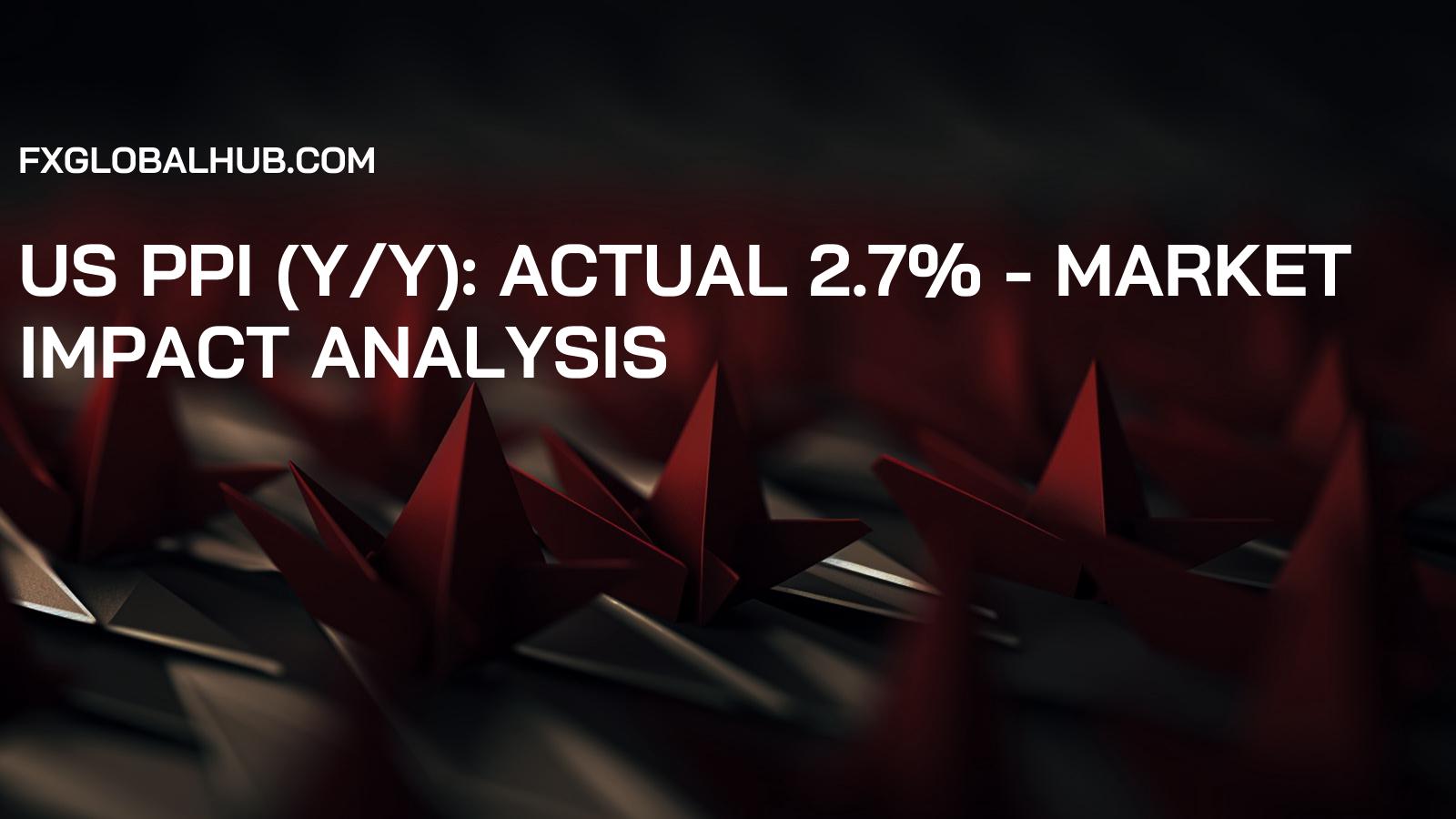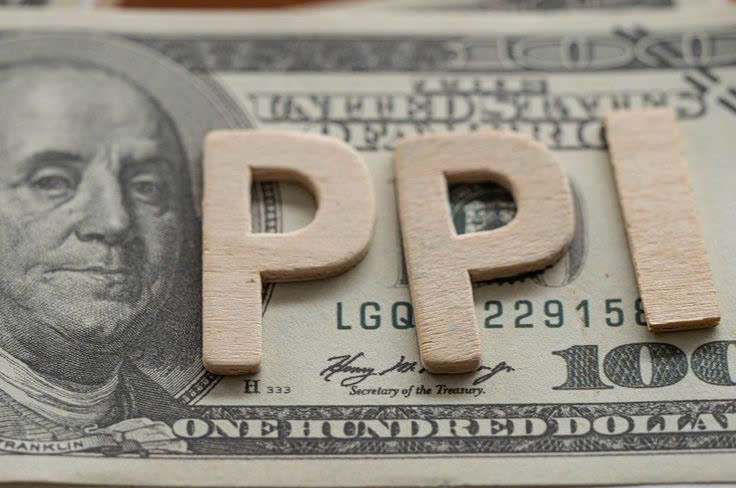FxGlobalHub: Traders Reduce Bets on May Rate Cut, Eye June for Fed Action
Updated: 2025/04/04 19:34:15
Traders are scaling back expectations for a May Fed rate cut, increasingly anticipating June as the likely start date. This shift reflects persistent inflation and strong economic data, impacting forex and gold markets.
Introduction: Shifting Expectations on Fed Rate Cuts
Recent market activity indicates a significant adjustment in expectations regarding the Federal Reserve's monetary policy. Traders are now less confident about a rate cut in May and are increasingly focusing on June as the potential starting point for easing monetary policy. This recalibration is driven by a combination of factors, including persistent inflation and stronger-than-anticipated economic data.
Diminished Probability of a May Rate Cut
Initially, there was considerable anticipation that the Fed would initiate rate cuts as early as May. This expectation was fueled by concerns about a potential economic slowdown and a desire to preemptively address any negative impacts. However, recent economic indicators have painted a different picture.
The probability of a May rate cut, as reflected in futures markets, has decreased substantially. Several factors have contributed to this decline, including:
- Stronger-than-expected economic growth: GDP figures have shown resilience, indicating that the economy is not slowing down as quickly as initially anticipated.
- Persistent inflation: While inflation has cooled from its peak, it remains above the Fed's target of 2%. This persistence is causing the Fed to adopt a more cautious approach.
- Robust labor market: The labor market remains tight, with low unemployment and continued job growth. This reduces the pressure on the Fed to cut rates to stimulate employment.
June Becomes the Focal Point
As the likelihood of a May rate cut diminishes, attention has shifted towards June as the potential starting point for monetary easing. This expectation is based on the assumption that by June, the Fed will have a clearer picture of the economic outlook and the trajectory of inflation.
Several factors support the possibility of a June rate cut:
- More data: By June, the Fed will have access to additional economic data, including inflation reports and employment figures. This will provide a more comprehensive view of the economy's health.
- Potential for inflation to moderate further: There is hope that inflation will continue to moderate in the coming months, bringing it closer to the Fed's target.
- Global economic conditions: The Fed will also be monitoring global economic conditions, which could influence its decision-making.
Impact on Forex Markets
The shift in expectations regarding Fed rate cuts has significant implications for forex markets. When the Fed raises interest rates, it tends to strengthen the US dollar, as higher rates attract foreign investment. Conversely, when the Fed cuts rates, it can weaken the dollar.
The current expectation of a later rate cut is supporting the US dollar. If the Fed does indeed delay rate cuts, the dollar could continue to strengthen against other currencies.
Here's a more detailed breakdown:
- Dollar Strength: Delaying rate cuts tends to bolster the US dollar as it makes dollar-denominated assets more attractive to investors seeking higher yields.
- Currency Pair Volatility: Expect increased volatility in major currency pairs, such as EUR/USD, GBP/USD, and USD/JPY, as traders react to evolving signals from the Fed and economic data releases.
- Emerging Market Currencies: Emerging market currencies may experience downward pressure if the US dollar strengthens, as higher US interest rates can lead to capital outflows from emerging markets.
Impact on Gold Markets
Gold prices are typically inversely correlated with interest rates. When interest rates are high, gold becomes less attractive as an investment, as investors can earn higher returns from interest-bearing assets. Conversely, when interest rates are low, gold becomes more attractive.
The expectation of a later rate cut is putting downward pressure on gold prices. If the Fed does indeed delay rate cuts, gold prices could continue to decline.
Further considerations regarding gold:
- Opportunity Cost: Higher interest rates increase the opportunity cost of holding gold, which doesn't provide a yield.
- Safe-Haven Demand: Gold's safe-haven appeal might lessen slightly if the Fed's actions are perceived as stabilizing the economy.
- Inflation Hedge: However, if inflation remains persistent despite the Fed's actions, gold could maintain some support as an inflation hedge.
Analyzing Key Economic Data
To accurately assess the Fed's potential actions, it's crucial to analyze key economic indicators:
- Inflation Rate (CPI & PCE): Monitor both the Consumer Price Index (CPI) and the Personal Consumption Expenditures (PCE) price index, the Fed's preferred inflation gauge.
- Employment Data (Non-Farm Payrolls): Watch for changes in non-farm payrolls and the unemployment rate to understand the health of the labor market.
- GDP Growth: Track GDP growth to gauge the overall strength of the economy.
- Retail Sales: Monitor retail sales figures for insights into consumer spending, a significant driver of economic growth.
Conclusion: Navigating Uncertainty
The market's evolving expectations regarding Fed rate cuts highlight the uncertainty surrounding the economic outlook. Traders need to stay informed and closely monitor economic data and Fed communications to make informed decisions. The anticipation of a June rate cut indicates a shift in sentiment, reflecting a cautious approach amid persistent inflation and robust economic indicators.
Fed's Collins: Expect Rates to Stay Higher for Longer.
2025/04/11 20:17:53

Silver Spot Price Jumps 1.00% to $31.52 an Ounce Today
2025/04/11 19:49:53

US PPI (y/y): Actual 2.7% - Market Impact Analysis
2025/04/11 19:30:45

Thai Finance Minister Hopes for Trade Talks with US Officials Soon
2025/04/11 19:12:21

US Energy Secretary Wright: US to Keep Increasing Oil Production Under Trump
2025/04/11 18:23:15

US Energy Secretary: Maximum Pressure on Iran Oil Exports
2025/04/11 18:17:21

Gold Futures Soar to $3,250 in New York: Up 2.28%
2025/04/11 17:14:57

Scenarios and News analysis of XAUUSD: PPI, Inflation expectations & Gold rally on China’s tariff response
2025/04/11 17:06:50
